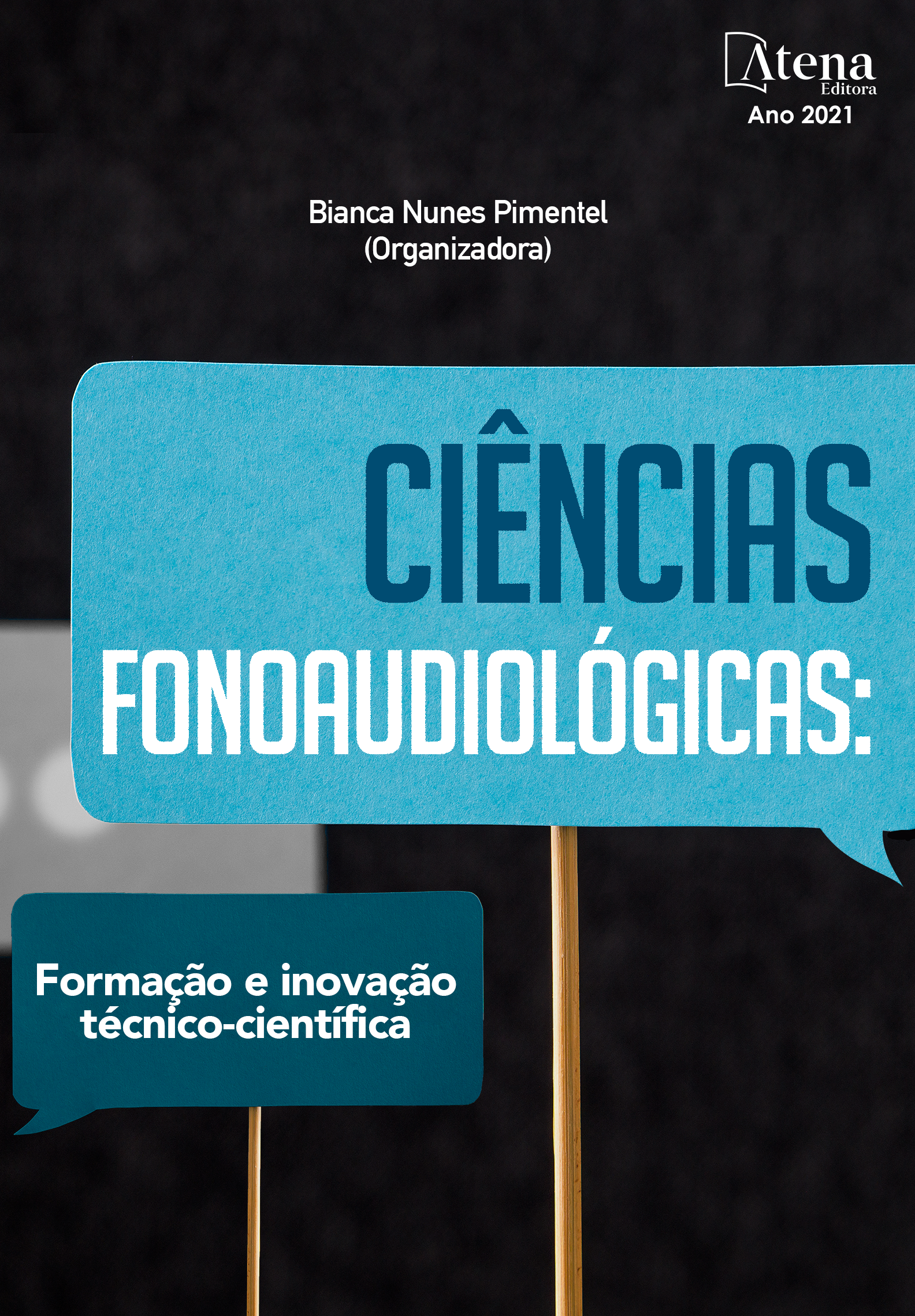
A EXPRESSÃO DE EMOÇÕES NA VOZ E NA FALA EM SITUAÇÕES LIMÍTROFES: CASO DE ACIDENTE AERONÁUTICO
Neste capítulo, será apresentado um estudo que teve como objetivo analisar os efeitos da expressão de emoções sobre a voz, fala e fluência de um aviador em situação real de acidente aeronáutico. Para tanto, foram extraídos dados da comunicação entre o piloto e a torre de controle, armazenados no CVR (Cockpit Voice Recorder) da aeronave no dia do acidente, e comparados às suas amostras de fala em dias anteriores. Salienta-se que, ao final do voo, o aviador pilotava sob chuva intensa, tendo relatado dificuldade para pouso devido às más condições de visibilidade. Para as análises, seguiu-se o roteiro de avaliação dos parâmetros acústicos das emoções de Scherer. Tais análises se embasaram, ainda, na concepção de que o estado emocional influencia o falante, causando variações decorrentes de respostas fisiológicas eliciadas no indivíduo pelas emoções. Essas variações, por sua vez, ocasionam alterações na respiração, fonação e articulação, processos diretamente relacionados à voz, fala e fluência. Ressalta-se que as reações emocionais são geradas a partir de uma avaliação cognitiva automática do indivíduo sobre eventos externos e internos considerados relevantes para seus interesses e necessidades. Também são caracterizadas por um alto grau de sincronização de subsistemas do organismo (cognitivo, motivacional, fisiológico e motor). Por meio deste estudo, verificou-se que, ao final do voo, o piloto apresentou variações da voz, fala e fluência como qualidade vocal tensa, voz trêmula, fala ofegante, incoordenação pneumofonoarticulatória, aumento da taxa de articulação e F0 agudo em comparação ao início do voo, aos dias anteriores ao acidente e ao padrão de normalidade para falantes brasileiros do sexo masculino. Considerando-se estudos sobre os parâmetros acústicos e clínicos para avaliação da expressão de emoções, é possível inferir que o piloto apresentava traços de apreensão/preocupação e ansiedade variando até o temor no áudio do dia do acidente, sobretudo, no instante anterior ao impacto.
A EXPRESSÃO DE EMOÇÕES NA VOZ E NA FALA EM SITUAÇÕES LIMÍTROFES: CASO DE ACIDENTE AERONÁUTICO
-
DOI: https://doi.org/10.22533/at.ed.46721290711
-
Palavras-chave: Acústica das emoções, Voz, Fala, Fluência.
-
Keywords: Acoustics of emotions, Voice, Speech, Fluency.
-
Abstract:
In this chapter it will be presented a study that aimed to analyze the effects of the expression of emotions on voice, speech and fluency of an aviator in a real aeronautical accident case. For that, data from the communication between the pilot and the control tower stored in the CVR (Cockpit Voice Recorder) of the aircraft in the day of the accident were extracted and compared with their speech samples of the previous days. The aviator was flying in a day of intense rain when he reported difficulty in landing due to poor visibility conditions. For the analysis, the script for evaluation of the acoustic parameters of the emotions of Scherer was applied. This analysis was also based on the conception that the emotional state influences the speaker, causing variations resulting from the physiological responses elicited in the individual by the emotions. These variations cause changes in breathing, phonation and articulation. It is emphasized that emotional reactions are produced from an automatic cognitive assessment of the individual on external and internal events considered relevant to their interests and needs. They are also characterized by a high degree of synchronization of the organism's subsystems. It was verified that, at the date of the accident, the pilot presented variations of voice, speech and fluency such as tense vocal quality, tremulous voice, breathless speech, incoordination of breathing, increased articulation rate and acute pitch compared to the prior days to the accident and to the normality pattern for Brazilian speakers of male gender. Considering studies about of acoustic and clinical parameters to evaluate the expression of emotions, it is possible to infer that the pilot presented traces of apprehension/worry and anxiety varying to the fear in audio of the day of the accident, especially in the instant before the impact.
-
Número de páginas: 15
- Maurílio Nunes Vieira
- Hani Camille Yehia
- Carla Aparecida de Vasconcelos


